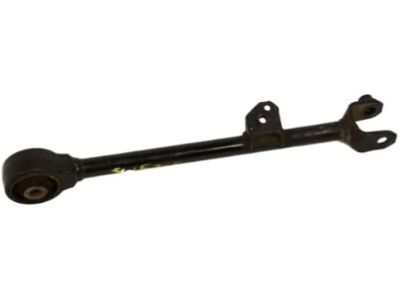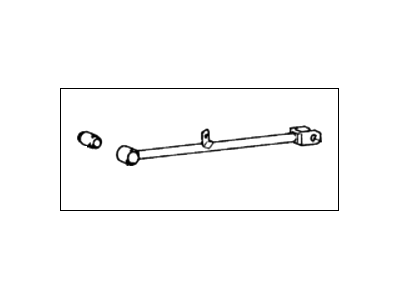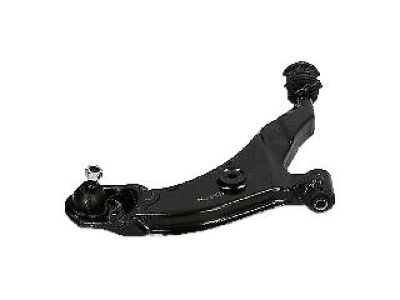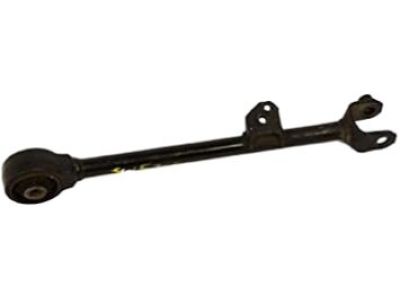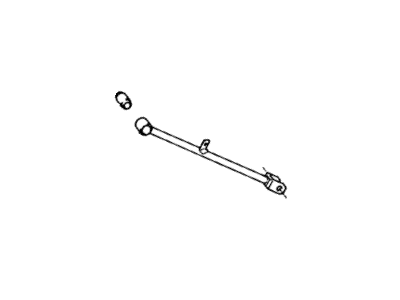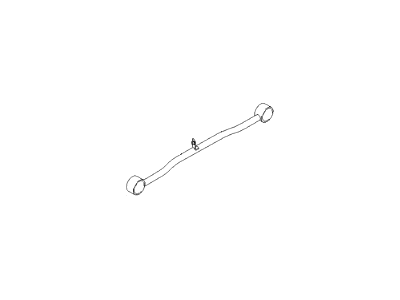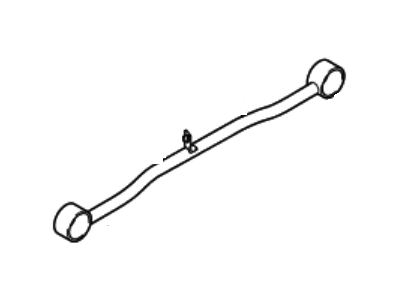×
- Hello
- Login or Register
- Quick Links
- Live Chat
- Track Order
- Parts Availability
- RMA
- Help Center
- Contact Us
- Shop for
- Hyundai Parts
- Hyundai Accessories


My Garage
My Account
Cart
Genuine Hyundai Accent Trailing Arm
Trailing Control Arm- Select Vehicle by Model
- Select Vehicle by VIN
Select Vehicle by Model
orMake
Model
Year
Select Vehicle by VIN
For the most accurate results, select vehicle by your VIN (Vehicle Identification Number).
7 Trailing Arms found

Hyundai Accent Arm Assembly-Trailing,LH
Part Number: 55110-22000$137.84 MSRP: $193.66You Save: $55.82 (29%)Ships in 1-3 Business Days
Hyundai Accent Arm Assembly-Trailing,RH
Part Number: 55120-22000$137.84 MSRP: $193.66You Save: $55.82 (29%)Ships in 1-3 Business DaysHyundai Accent Arm Complete-Trailing,LH
Part Number: 55100-25001$203.59 MSRP: $286.03You Save: $82.44 (29%)Ships in 1-3 Business DaysHyundai Accent Arm Assembly-Trailing,LH
Part Number: 55110-25000$203.59 MSRP: $286.03You Save: $82.44 (29%)Ships in 1-3 Business DaysHyundai Accent Arm Complete-Trailing,RH
Part Number: 55101-25001$203.59 MSRP: $286.03You Save: $82.44 (29%)Ships in 1-3 Business DaysHyundai Accent Arm Assembly-Trailing,LH
Part Number: 55110-25001$203.59 MSRP: $286.03You Save: $82.44 (29%)Ships in 1-3 Business DaysHyundai Accent Arm Assembly-Trailing,RH
Part Number: 55120-25000$203.59 MSRP: $286.03You Save: $82.44 (29%)Ships in 1-3 Business Days
Hyundai Accent Trailing Arm
If you are looking for affordable high-quality OEM Hyundai Accent Trailing Arm, then you have come to the prime place. Our website provides a large amount of genuine Hyundai Accent Trailing Arm at unbeatable prices. All our parts come backed with the manufacturer's warranty.
Hyundai Accent Trailing Arm Parts Questions & Experts Answers
- Q: How to remove and install the Trailing Arm on a Hyundai Accent?A:The first method to replace the rear axle bushings is to unbolt the rear wheel lugs and jack up the rear of the vehicle with jack stands. Take off the brake drum/hub and wheels bearings, and then separate the hydraulic lines of the brake from the rear wheel cylinders. Remove the brake backing plates from the rear axle and remove the parking brake cables. Remove the brake line clamps on the suspension arms and then remove the lines from the flexible hoses. Take off the rear part of sleeve and rear shock-absorbers. Place the floor jack under the rear axle and remove the mounting fixtures from the floor pan. Gradually lower the position of the axle assembly. For the replacement of bushings, the nuts that fasten the fixtures on to the suspension arms should be removed, and the fixtures pulled of the arms. Look for signs of wear and tear in the rubber bushings; these must be replaced if deemed necessary. If the vehicle has a rear stabilizer bar, superimpose the location of the bar with respect to the bar brackets. Pull the two arms apart and remove the dust cover clamp. Take off the bushings from each suspension arm and install new ones. As for the new bushings and seats, they should be lubricated with chassis grease and then fitted into place. Spread chassis grease on the outer part of the right suspension arm and fit in the rubber stopper. For the suspension arms to be tightened, push them together and fit the stabilizer bar if any. When it comes to the suspension arms, you need to install the mounting fixtures and tight the fixture nuts. Press the grease into the dust cover and lips, and then tighten the clamp. Lastly, put the axle assembly back in as took out, fit the wheels and the lug nuts, and the lower the vehicle.
